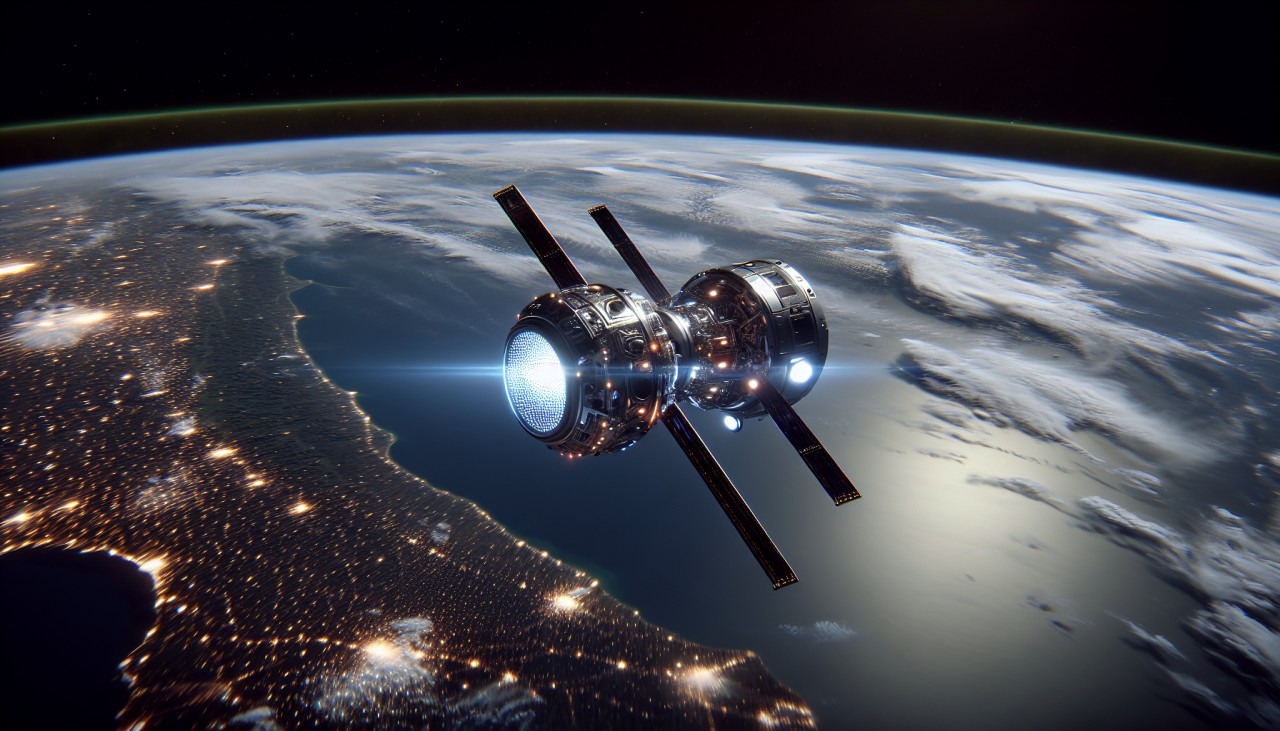


Artificial intelligence (AI) is increasingly becoming a cornerstone in spacecraft operations, driving significant advancements in autonomy and efficiency. Engineers at Stanford University have developed the Autonomous Rendezvous Transformer (ART), an AI system designed to optimize and safely plan trajectories for spacecraft docking. This innovation aims to reduce the complexity and risk associated with manual trajectory planning, potentially leading to more reliable and efficient space missions. engineering.stanford.edu
Similarly, NASA is leveraging AI to enhance spacecraft resilience. The Research in Artificial Intelligence for Spacecraft Resilience (RAISR) software enables real-time fault diagnosis onboard spacecraft, allowing for quicker identification and resolution of issues without waiting for ground-based support. This capability is crucial for maintaining mission integrity and reducing downtime during operations. nasa.gov
In the realm of satellite technology, the European Space Agency's Phi-Sat-1 mission employs AI to process Earth observation data directly in space. By filtering out cloud-covered images onboard, Phi-Sat-1 reduces the volume of data transmitted to Earth, optimizing bandwidth and enhancing the efficiency of satellite communications. en.wikipedia.org
These developments underscore a growing trend in the aerospace industry to integrate AI into spacecraft systems, aiming to improve operational autonomy, data processing efficiency, and overall mission success.